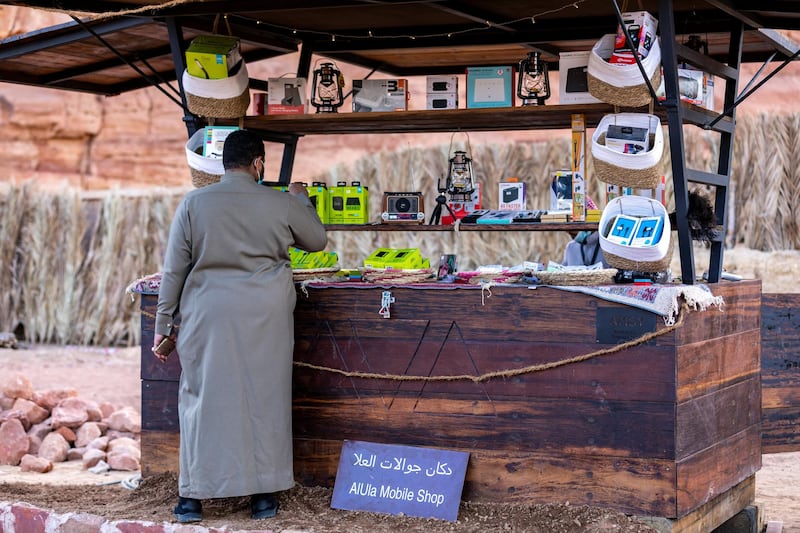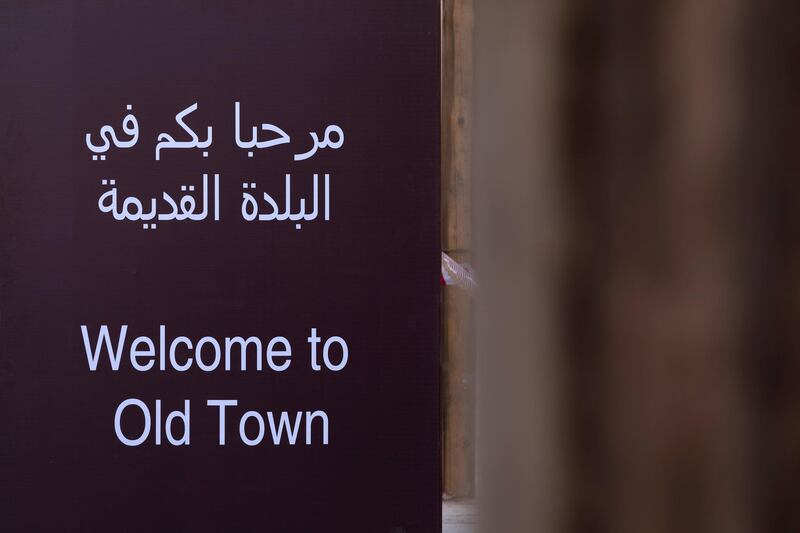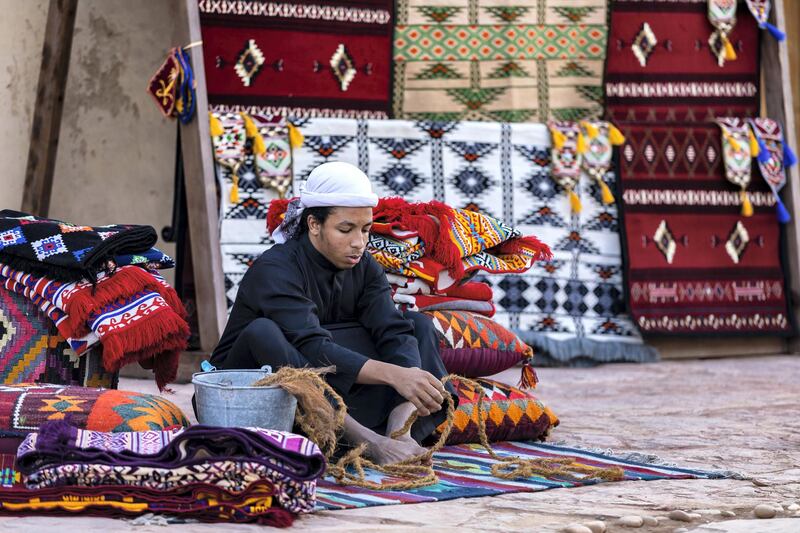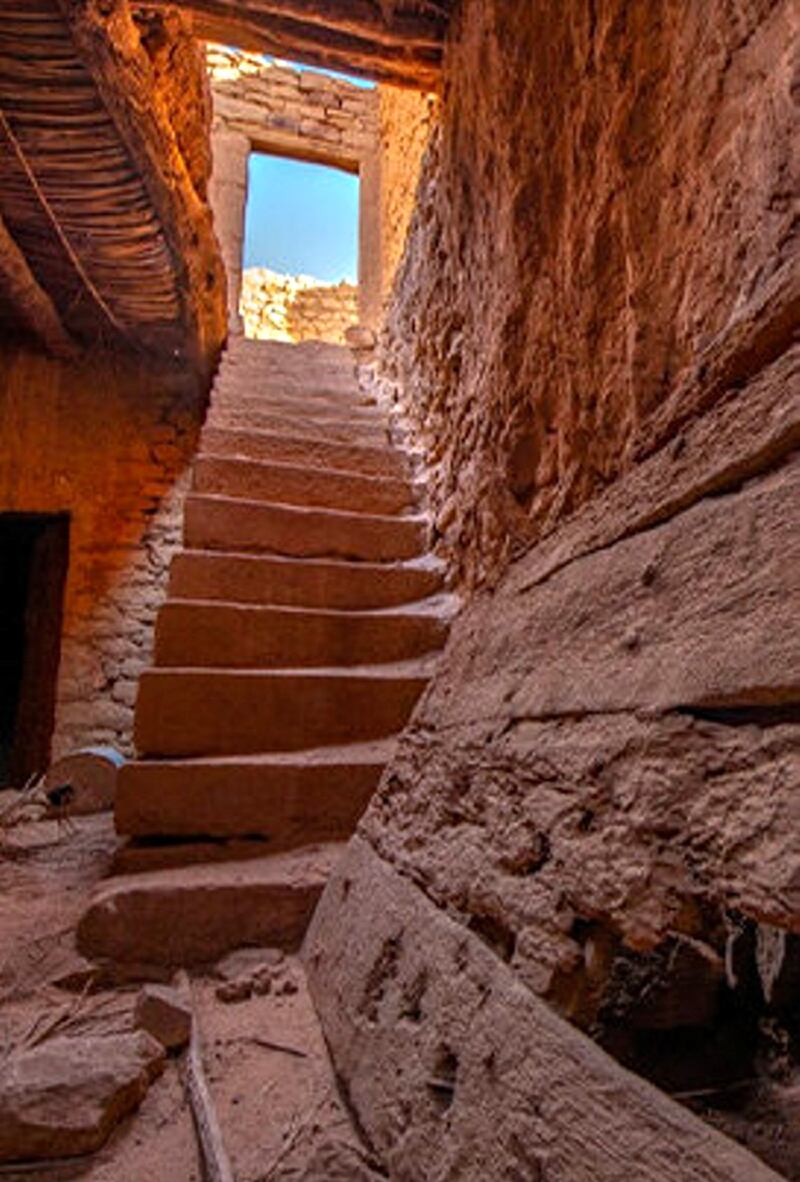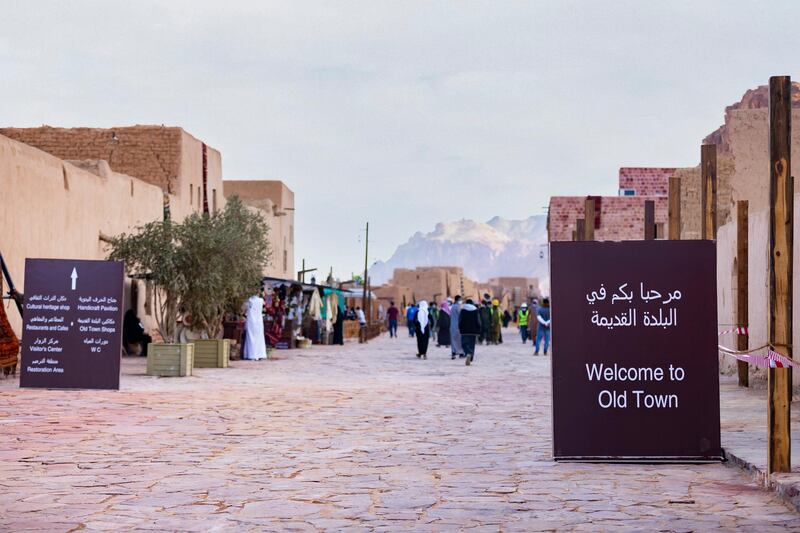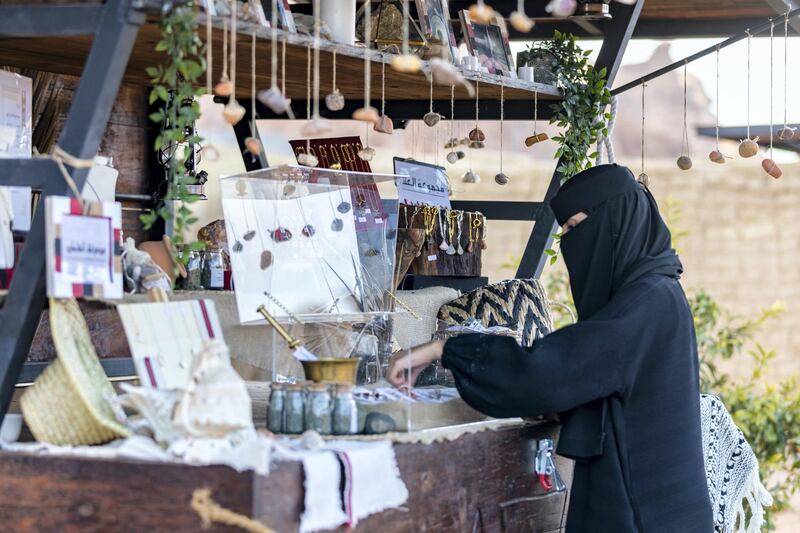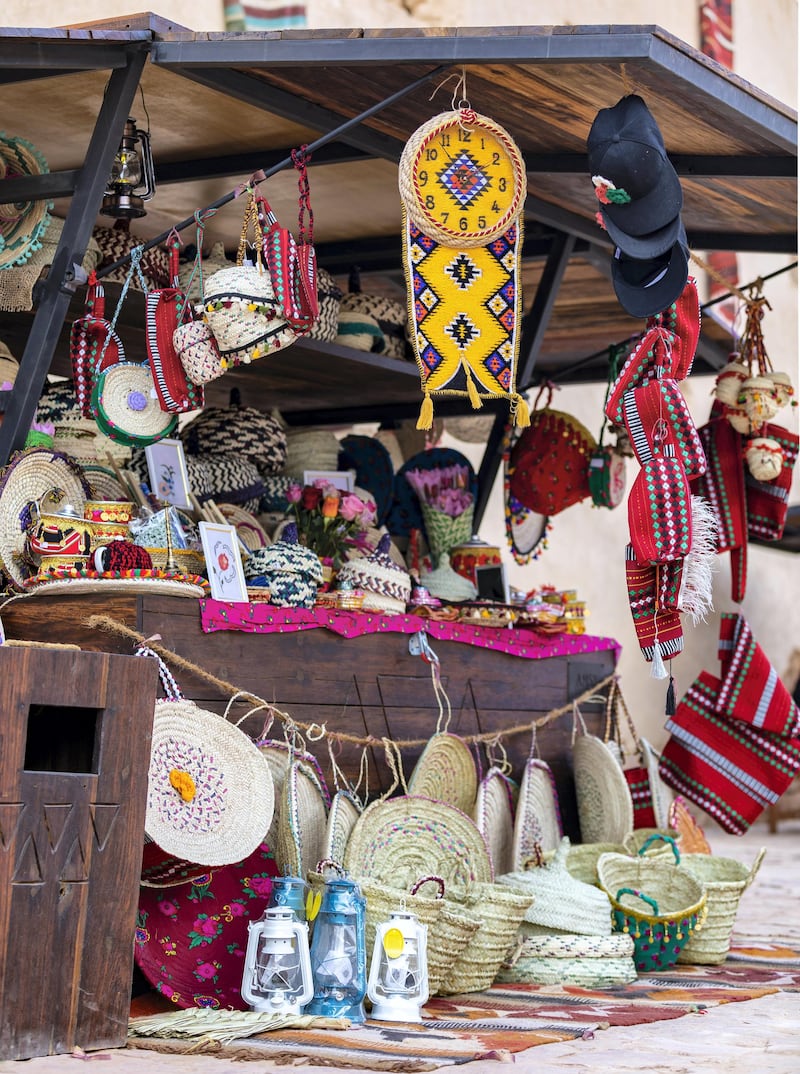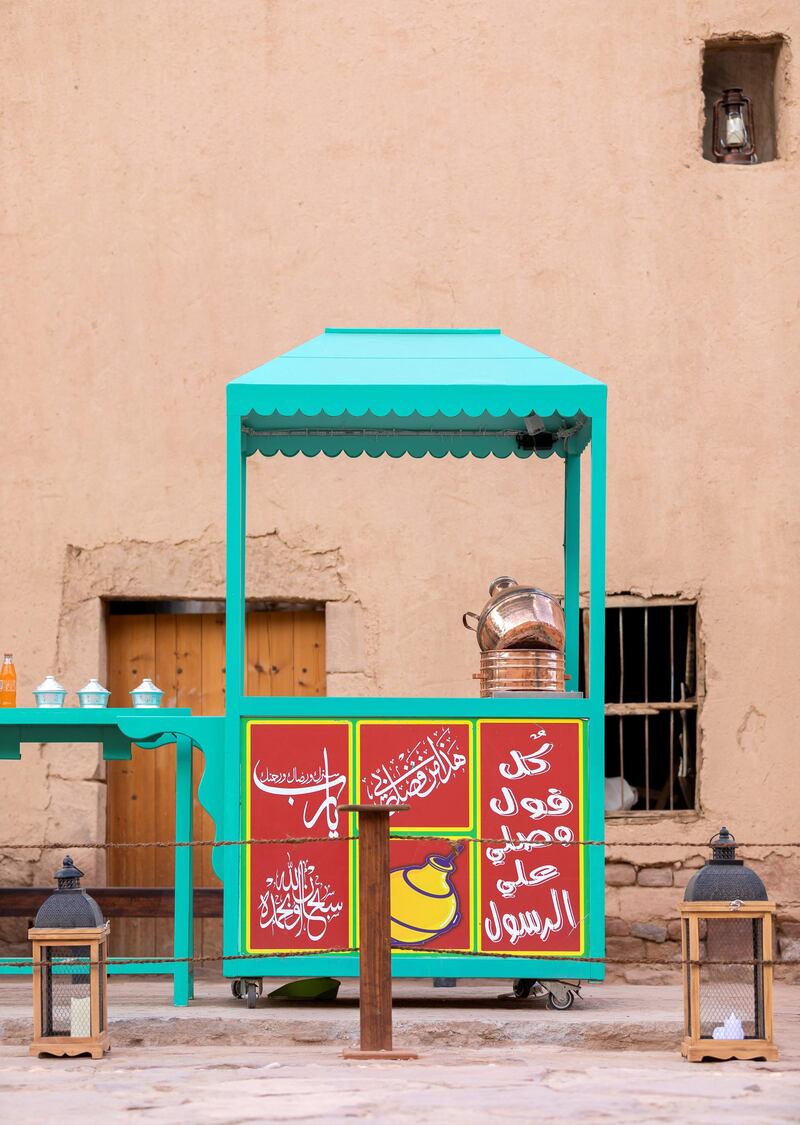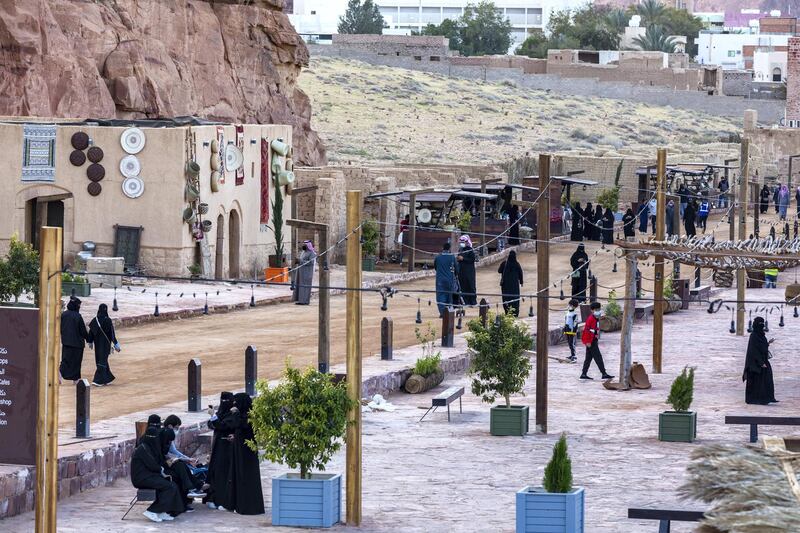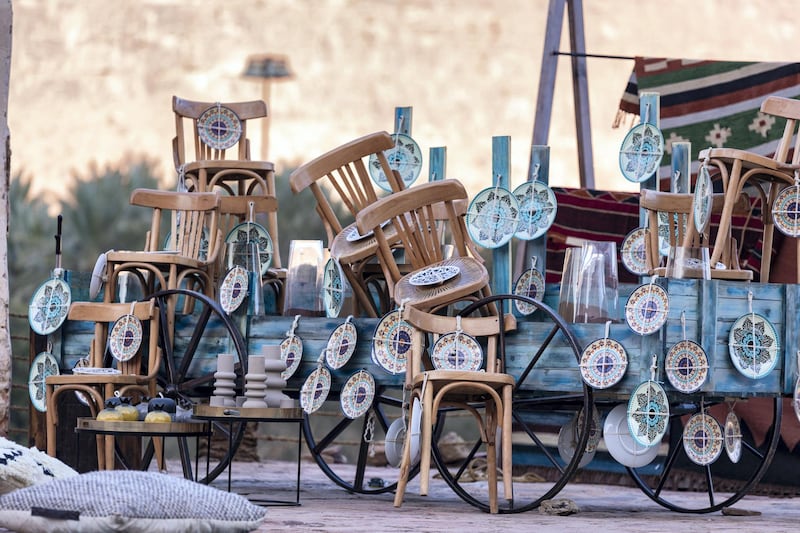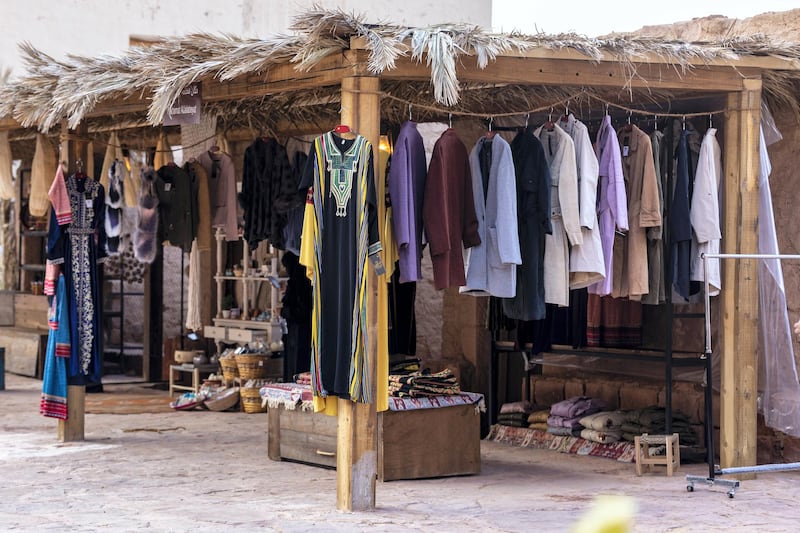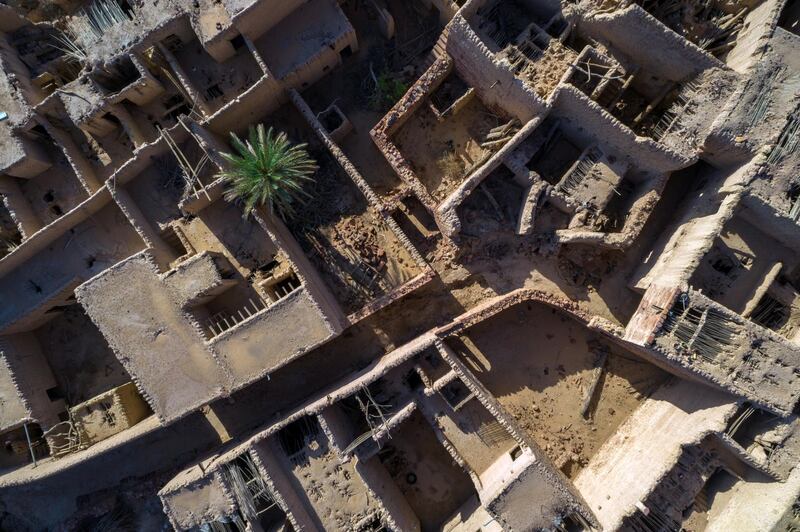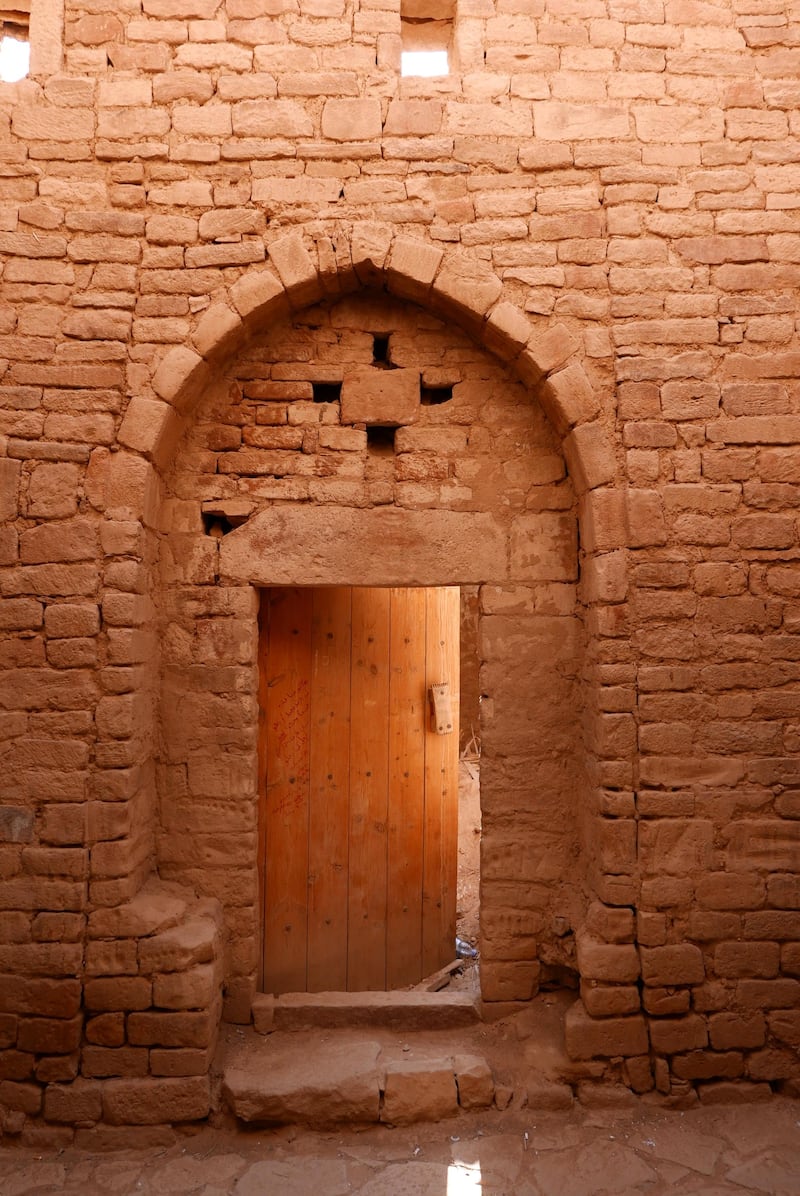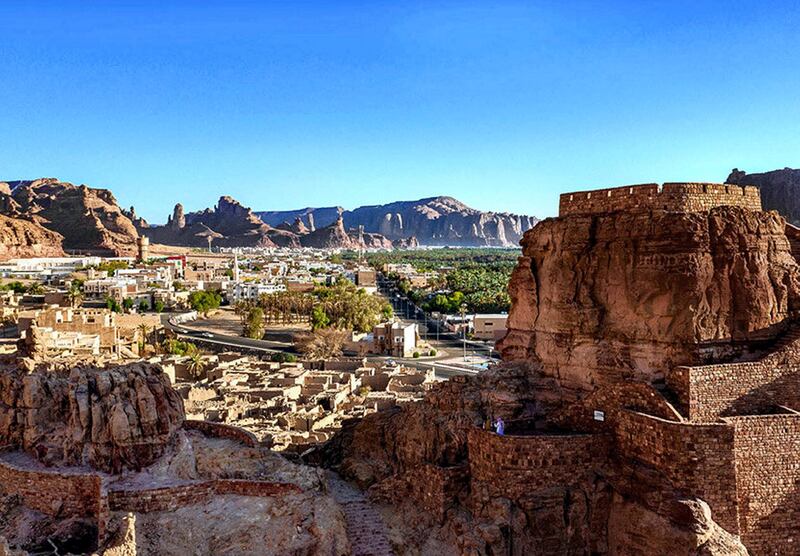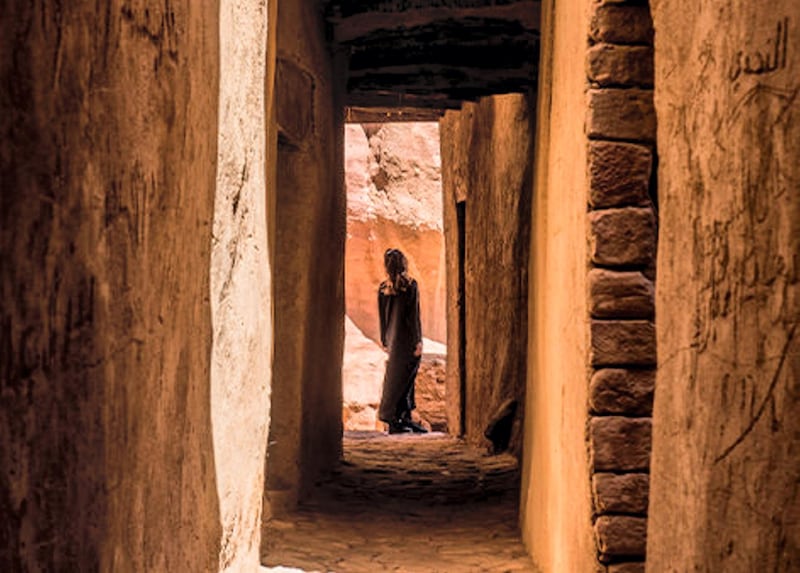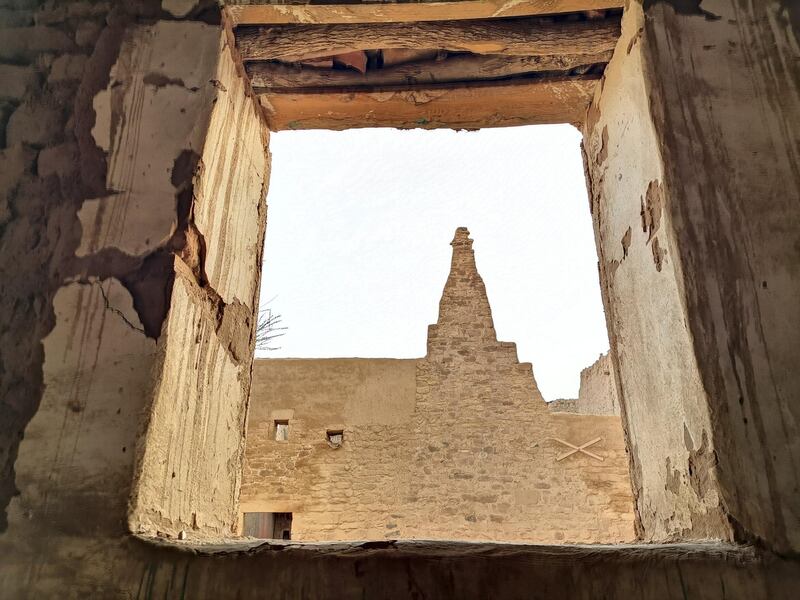Saudi Arabia's Al Ula has reopened its Old Town to visitors for the first time in three years.
Dating back to the 12th century, the heritage site is best known for its mud-brick buildings and being an age-old settlement on the pilgrimage route from Damascus to Makkah.
Uninhabited for more than 40 years, the town was closed completely in 2017 by the Royal Commission for AlUla. It has now reopened as a year-round tourism site, with restored streets, buildings and attractions, and free entry for visitors.
Al Ula Old Town was inhabited from the 12th century until the 1980s, when its last residents left the ancient village for more modern locales.
With nearly 900 houses, 400 shops and five town squares, the Old Town is once again welcoming travellers.
Those taking a trip to the ancient Saudi village can pay a visit to the Masjid Al-Izam, the restored Friday mosque believed to have been visited by the Prophet Mohammed.
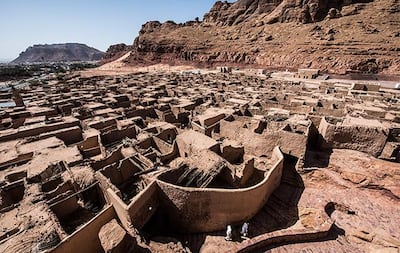
Travellers can also see the town’s tantora, or sundial, which served as the main way residents tracked the change of seasons.
The incense route, running adjacent to the town, has also reopened. Visitors can stroll along it, stopping at the stalls that now line it. These include fruit and produce stalls, as well as arts and crafts, fashion and souvenir market spaces.
Saudi fine-dining in an age-old setting
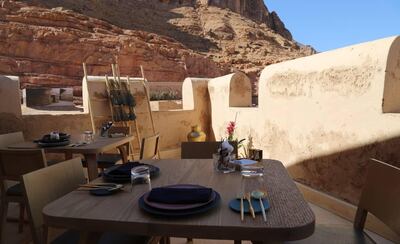
There are also several new open-air eateries in the town, including Al Ula’s newest fine-dining restaurant, Suhail, which serves traditional Saudi cuisine with a modern twist. Diners can opt to sit inside the mud-brick building or dine al fresco with views of the ancient site.
A handicraft pavilion is being constructed and is set to be the place where live demonstrations of traditional arts and crafts will happen. There will also be a day and night-time souk.
Story-telling tours with a 'rawi' guide
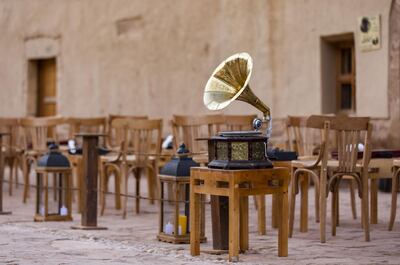
Visitors who want to find out more about Old Town can take a self-guided tour or book a storytelling tour inclusive of a "rawi" tour guide. A rawi is a traditional storyteller or narrator. Tours can be booked online at experiencealula.com and cost 70 Saudi riyals ($18) per adult.
Tours encompass the restored streets of Old Town towards Tantora Plaza and the sundial, the two restored mosques of Al Zawiyah and Hamad bin Yunus, and the citadel where a bird's-eye view of the town awaits. There's also scope to visit the recently conserved homes in the southern end of town.
With Saudi Arabia currently closed to international visitors, a 360-degree glimpse of what awaits visitors in the Old Town can be seen here.
There's also more development to come at the ancient site.
"The team has been working on conserving the southern and eastern areas of Al Ula Old Town and applying conservation best practice, experimenting with different mud-brick and plasters and creating guidelines for best practice in conservation of earthen architecture in Al Ula," said Michael Jones, cultural heritage conservation manager at RCU.
"The guidelines are in the final stages of preparation, but there is more yet to be done on the interiors of the houses along the street near the mosques, as well as the rest of Old Town."
